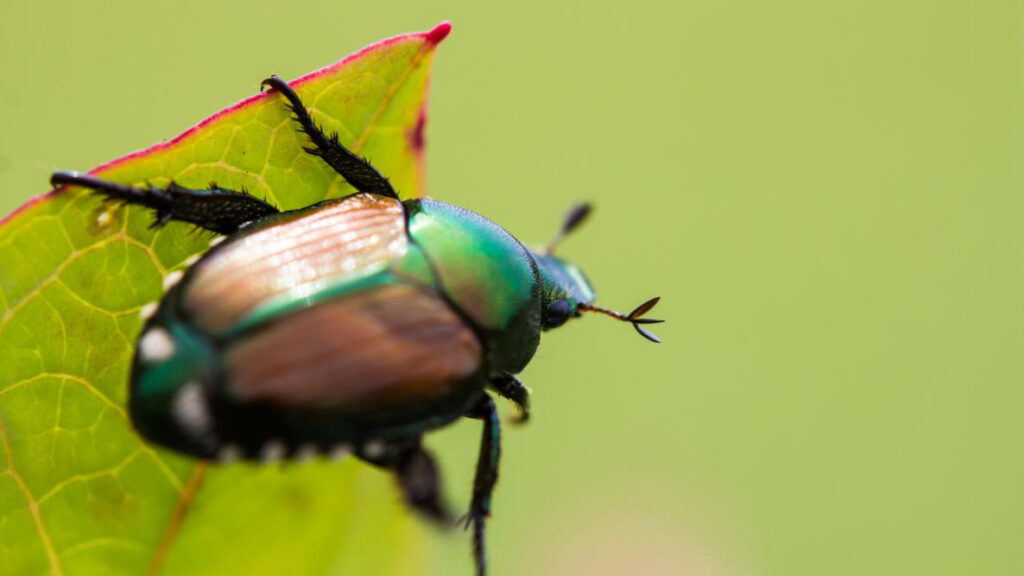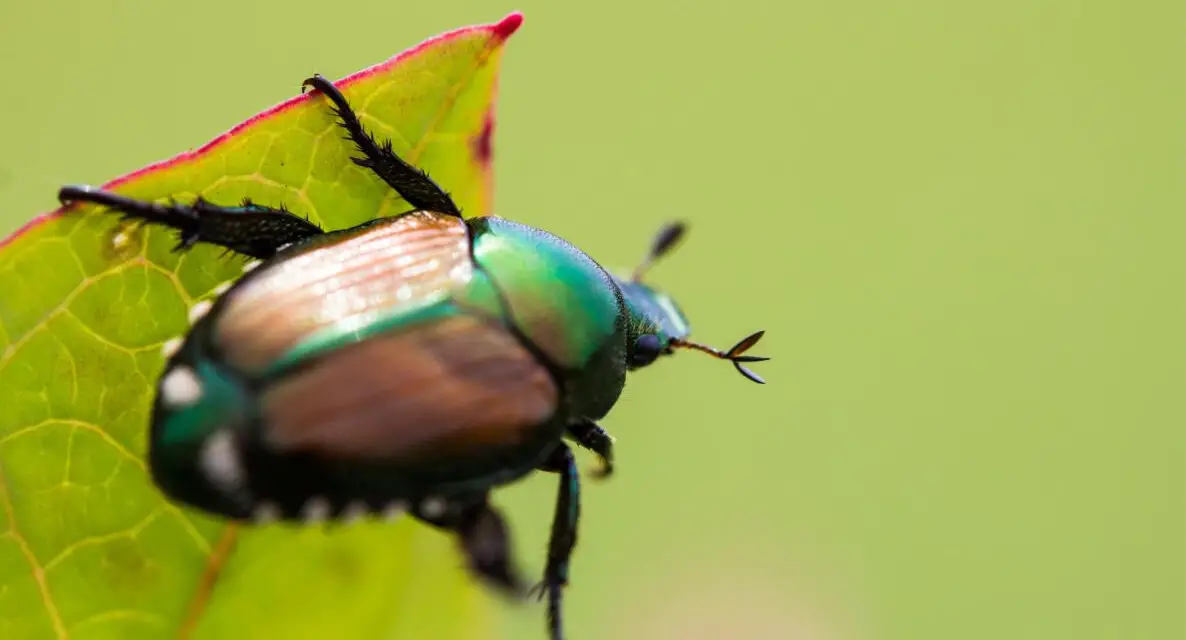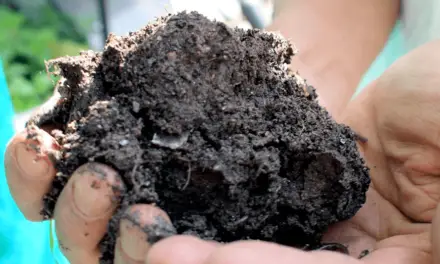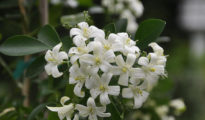Japanese beetles are one of the most destructive and invasive pests that gardeners and farmers in North America have to deal with. Originating from Japan, these insects were accidentally introduced to the United States in the early 20th century and have since spread across the country, causing significant damage to plants and crops. In this blog post, we will discuss everything you need to know about how to get rid of Japanese beetles, including their life cycle, behavior, damage to plants, and how to control them.

What are Japanese Beetles?
Japanese beetles (Popillia japonica) are small insects belonging to the Scarab family. They are about half an inch long and have a metallic green body with copper-brown wings. They have distinctive white tufts of hair on their sides and a series of small white spots on the ends of their wing covers. They are most active during the day, and can often be seen feeding on leaves, flowers, and fruit.
The Life Cycle of Japanese Beetles
Japanese beetles go through a complete metamorphosis, meaning they have four distinct life stages: egg, larva, pupa, and adult. The adult beetles mate and lay eggs in the soil during the summer months. The eggs hatch after about two weeks, and the larvae emerge from the soil and begin feeding on roots and organic matter in the soil. The larvae go through several molts over the course of the summer, and by fall, they are fully grown and ready to pupate.
The pupal stage lasts for about two weeks, and the adult beetles emerge in the late summer or early fall. The adult beetles feed on leaves, flowers, and fruit for a few weeks before seeking shelter for the winter. In the spring, they emerge from their winter shelter and start the cycle all over again.
Behavior of Japanese Beetles
Japanese beetles are highly social insects and tend to congregate in large numbers on plants. They are also attracted to certain types of plants, including roses, grapes, raspberries, and fruit trees. They are most active during the day, and tend to feed on leaves, flowers, and fruit.
One of the most concerning behaviors of Japanese beetles is their mating behavior. When males and females mate, they release a pheromone that attracts other beetles to the area. This can lead to significant damage to plants, as large numbers of beetles can quickly strip leaves and flowers.
Damage to Plants
Japanese beetles are known for their voracious appetites and can cause significant damage to plants and crops. They feed on the foliage, flowers, and fruit of many plants, causing leaves to become skeletonized and flowers and fruit to become scarred and damaged.
One of the biggest concerns with Japanese beetles is their impact on crops. They can significantly reduce crop yields and cause economic damage to farmers. In addition, the damage caused by Japanese beetles can leave plants vulnerable to other pests and diseases.
How to Control Japanese Beetles
There are several methods for controlling Japanese beetles, including cultural, mechanical, and chemical methods. Cultural methods involve changing the environment in which the beetles live. This can include removing their preferred plants, using crop rotation to reduce the number of eggs that hatch, and using beneficial insects to control populations.
Mechanical methods involve physically removing the beetles from plants. This can include using sticky traps, shaking beetles off plants into soapy water, and handpicking beetles.
Chemical methods involve using pesticides to control Japanese beetle populations. This can include using systemic insecticides, which are absorbed by the plant and kill the beetles, or using contact insecticides, which kill the beetles on contact. It is important to use pesticides carefully and according to the instructions on the label to prevent harm to beneficial insects and other wildlife.
Another method for controlling Japanese beetles is the use of biological control. This involves introducing natural enemies of the beetles, such as parasitic wasps and nematodes, to reduce their populations. However, this method can be challenging to implement and may not be effective in all situations.
Prevention and Management Strategies
Preventing Japanese beetle infestations in the first place is the most effective way to manage them. Here are some prevention and management strategies:
- Use companion planting: Planting herbs and flowers that Japanese beetles do not like near their preferred plants can help repel them.
- Use physical barriers: Covering plants with floating row covers can help prevent Japanese beetles from landing on them and feeding.
- Water and fertilize properly: Healthy plants are less likely to be attacked by Japanese beetles. Make sure to water and fertilize plants regularly to keep them healthy.
- Timing is key: Japanese beetles are most active during mid-summer, so it is important to monitor plants during this time and take action if you see them.
- Use pheromone traps with caution: While pheromone traps can be effective in reducing Japanese beetle populations, they can also attract more beetles to your garden if not used correctly.
Japanese beetles are a highly destructive and invasive pest that can cause significant damage to plants and crops. Understanding their life cycle, behavior, and methods for control is key to preventing infestations and managing populations. By using a combination of prevention strategies and management techniques, gardeners and farmers can reduce the impact of Japanese beetles on their plants and crops.



















